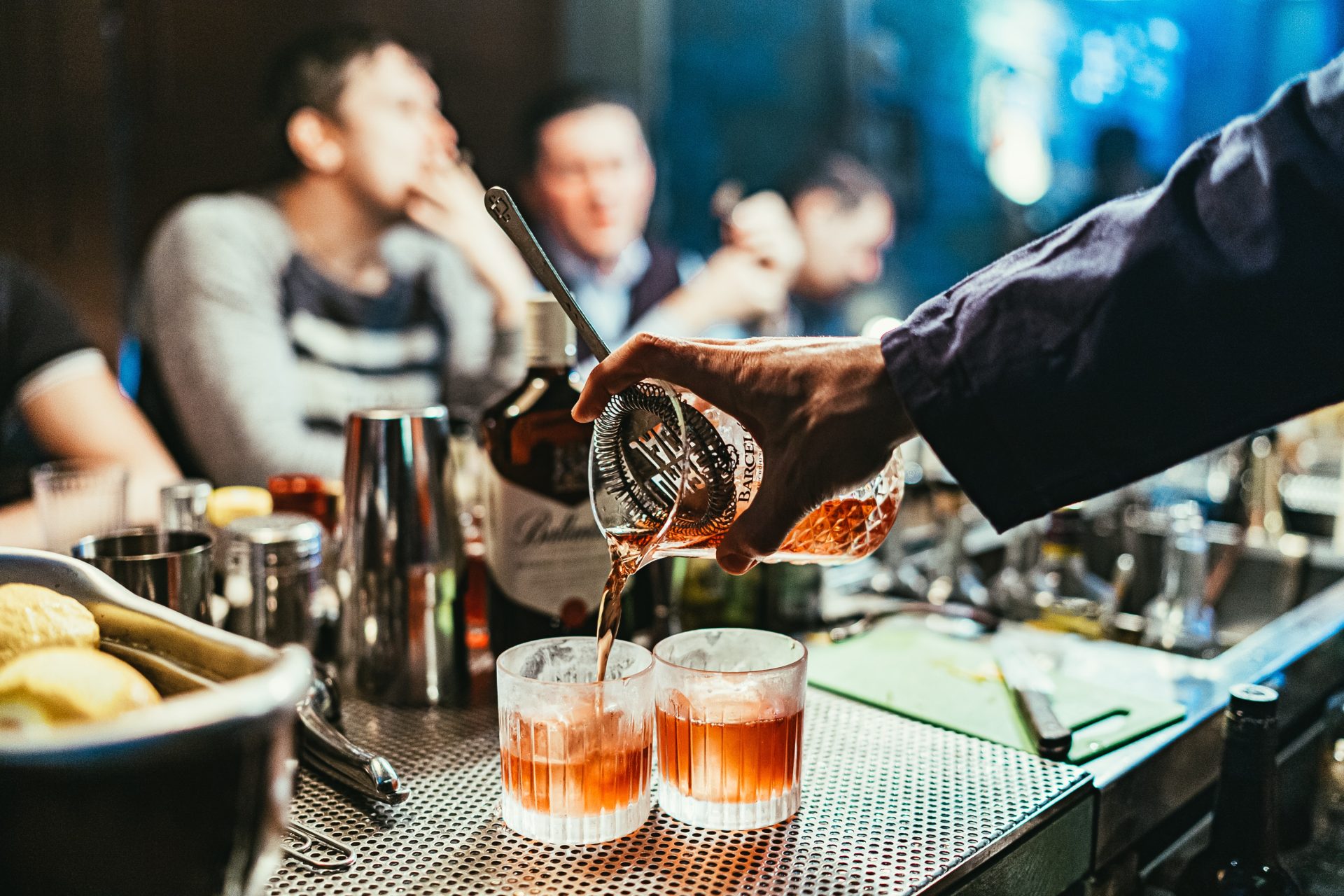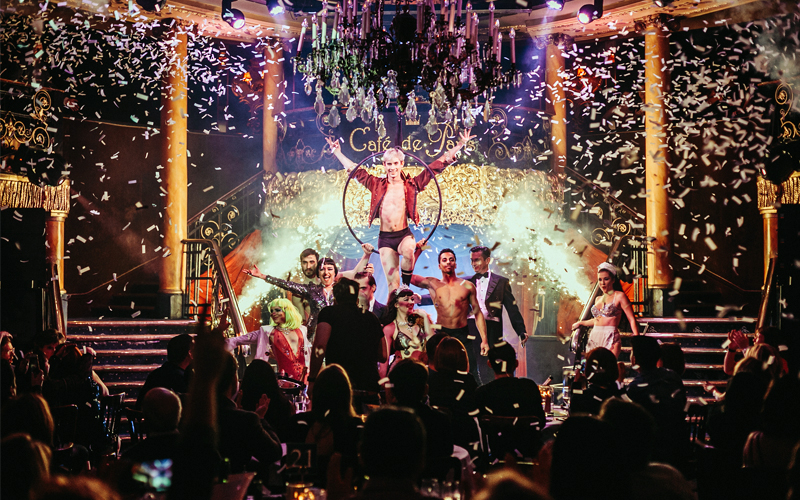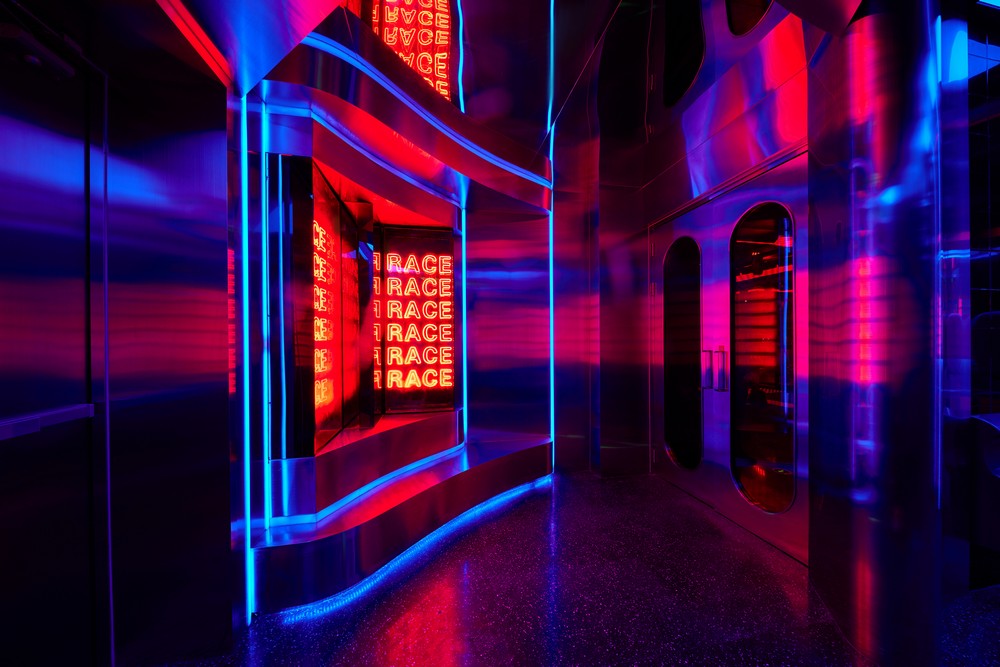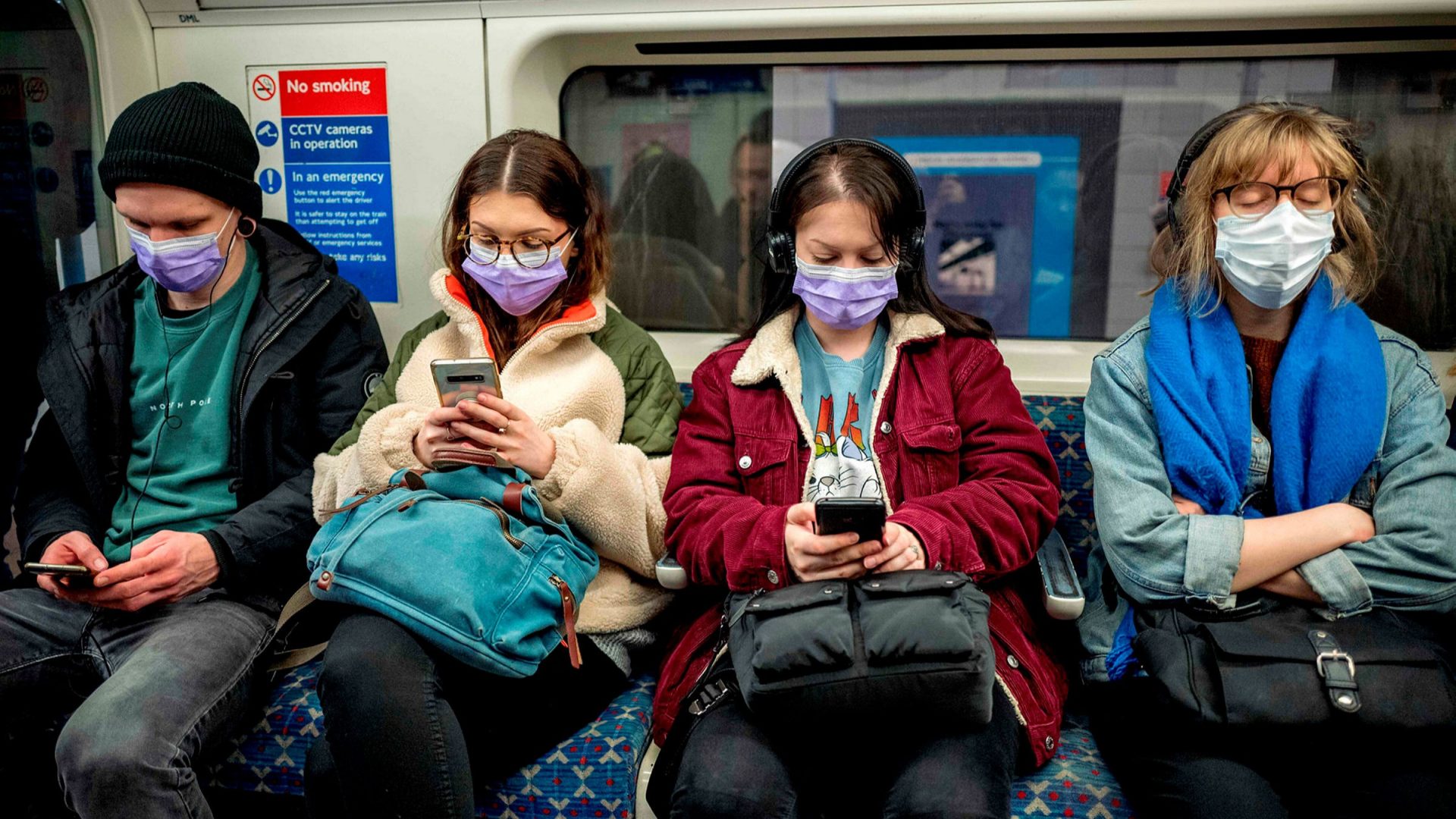

In December 2020, the Café de Paris, a West End institution that had survived both the Blitz and Girls Aloud, went into liquidation. Vacillating between opulence and sleaze, the club opened a century ago and was emblematic of that period; a time when The Great War and the Spanish Flu had spun collective appetites towards a more dressed-down and hedonistic interpretation of living.
Now the club is poised to reopen as cabaret restaurant concept Lio – a sister of parent company Pacha’s flagship club in Ibiza. Its life-cycle is to start anew. Is this a microcosm of our own ‘Roaring Twenties’ – another sign that, post-pandemic, the hunger for a hedonistic revival is very much alive? Or is it simply a short-term aberration set against a much more restrained longer-term future?

The pandemic is not solely responsible for the growth of hedonism. The spectre of the 2008 crash hung heavily over the following decade. By 2020, Generation Rent, saddled with student debt and unable to buy a home, were yearning for their own decade of freedom and indulgence.
But the pandemic has intensified this trend. Drinks brands married our taste for nostalgia with a lockdown-induced lust for indulgence last Spring. An example was Guinness’s ‘LooksLikeGuinness’ ad campaign, which wedded the classic song ‘Always On My Mind’ with street paraphernalia reminiscent of the stout in a lockdown-ravaged setting. It hummed with a fervour to escape the immediate past, whilst embracing a more distant one.
And though a quarter of London’s nightclubs were lost over the pandemic – around 58 – Yale epidemiologist Nicholas Christakis claims all will soon be recuperated. In an interview with BBC Culture, he explained: ‘People will relentlessly seek out social interactions and nightclubs and bars and restaurants and musical concerts. People will start spending their money, there’ll be an economic boom and I think we’ll see an effervescence of arts and entrepreneurship and creativity.’
Such pursuits are not limited to the UK. In China, Hangzhou’s new nightlife colossus ‘Race Club’ is set to emphasise escapism from increasingly isolated lifestyles by offering total immersion. All furniture has been removed; clubbers will have no choice but to hit the dark, futurist dancefloor. Holograms, LED lighting and ‘fluid walls’ ensure customers lose themselves further. This chamber of discombobulation is designed to be the perfect antidote to those craving a hedonistic escape from a culture of restrictions.
As Agnolo di Tura, chronicler of the Black Death, observed, ‘when the pestilence abated, all who survived gave themselves over to pleasures’ as they’d ‘regained the world’. Now that over 12 million people across the UK have received their booster jab, that same veil of panic is rapidly disintegrating – particularly among the young. This was seen across the country last Halloween. The Nottingham Post reported with gentle trepidation that queues outside clubs were ‘similar to New Year’s Eve’.
Indeed, such escapism has already become an integral part of branding vernacular. Extra Gum’s ‘Get Your Ding Back’ campaign parodies post-lockdown celebration, depicting maniacal torrents of office krill racing through the streets, briefcases outstretched, faces ebullient. Similarly, some venues have capitalised on corpulence as restaurants compete to market indulgence – epitomised by Knightsbridge newcomer Nusr-et’s £1450 ‘gold-plated’ Wagyu steak. Naked Wagyu will no longer cut it. ‘Supper’, meanwhile – the Deliveroo for customers who miss Michelin – increased its revenue by over 700% and doubled its customer base over the pandemic. Pandemic or not, the lavish takeaway is here to stay.

A century ago, hedonism was located exclusively in the tangible, physical realm. This is no longer the case. Pleasure pursuits can now occupy a purely virtual space or some liminal territory between the two.
The VR industry is conceptually limitless. Virtual fashion house The Fabricant produces limited designs that exist exclusively for avatars within a digital universe. Meanwhile, the global value of the VR pornography market is expected to rise from more than $700US this year to $19bn by 2026. Naturally, the entire planet is also being recreated digitally in Earth 2 so as to flog tiny parcels of land to the highest bidder. Virtual gambling is becoming a virtual gold rush, fuelled by cryptocurrency. And, as non-fungible tokens (NFTs) enter common parlance, the breadth of their utility extends. In March, artist Krista Kim sold the first digital house in the world for over $500,000.
Omnichannel experiences infiltrate both worlds. A campaign to celebrate Louis Vuitton’s 200th birthday leads to a website that seeks to span ‘visual merchandising, gaming, alcohol and the arts’. Supplementing storytelling with interactivity, it will also launch a mobile game: ‘200 Anecdotes’. This will ‘see players guide…brand mascot Vivienne through adventures that follow Vuitton’s rise from humble beginnings – a motif particularly popular with Gen Z…to global success.’ Whether this lust for digitalism revitalises our relations with the traditional, physical realm remains to be seen.

But how will hedonism look further into the 2020s, when post-Covid euphoria has dwindled and the world reflects on the kind of place it now wants to be? Will the hedonic pendulum swing back towards restraint and security or will it ultimately come to rest between the two? In reality, a culture of increased abstinence looks set to coexist alongside a parallel and commensurate culture of indulgence.
There is no doubt that the accoutrement of anxiety will remain for many. As the Omicron variant sweeps across the globe, it makes clear that certain introverted behaviours, such as the elbow bump and the adoption of ‘NPIs’ (non-pharmaceutical interventions) will likely become permanent fixtures for specific groups. Among some in older age brackets it is likely that the self-restrained lifestyle imposed by lockdown will be appropriated on a permanent basis. But it is not limited to older consumers. Abstinence has percolated into youth culture too – Gen Z, for example, is in the midst of a ‘sex recession’.

Brands will have to juggle these discordant appetites. One way to do so is to repackage this lifestyle through experiences that capture ‘abstinent indulgence’. An example of this is the growth in psychedelic retreats, such as Silo Wellness, which are designed to support your ‘mind, body and spirit.’ For example, actor Will Smith recently went on an abstinent ayahuasca retreat to heal his marriage. Indeed, abstinent indulgence has spawned a subculture of ‘healing hedonism’ – including recuperative experiences like German medi-spa Buchinger Wilhelmi’s ‘Happiness Weeks’.
New kinds of festival that focus on wellness may also proliferate. Balance Festival is marketed as the UK’s ultimate celebration of wellness, blending fitness, mindfulness and food under one roof. Meanwhile, Youphoria Festival claims it’s ‘on a mission to inspire people to discover what brings them joy and helps them feel good.’ It boasts morning raves, roller-skating discos, chilled-out DJ sets, yoga flows and sound therapy sessions.
In her paper on post-Covid leisure, academic Karen Davies argues that festivals’ popularity grows precisely because they are anomalous to our everyday lives. The hunger for community-based, non-synthetic, genuine ‘festivity’ is a reflection of the increasingly restrained and digitised nature of our Monday-Friday schedules. Entertainment that can harness this duality will flourish.

When the Café de Paris opened in 1924, the ‘Roaring Twenties’ were in full swing. When that swaggering foyer reopens as Lio, it looks set to remain a forum for escapism and indulgence – as much because of the pandemic as in spite of it. But this represents only one trajectory of post-pandemic pleasure. In the short term, this hedonistic surge will continue to develop in tandem with a parallel culture of self-restraint. But the long-term growth opportunity for brands lies in a medley of the two – in the symbiosis of abstinence and indulgence. And it is this that will come to define the ‘infrastructure of fun’ for years to come.